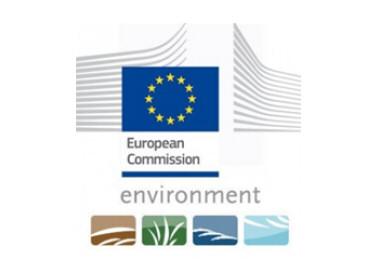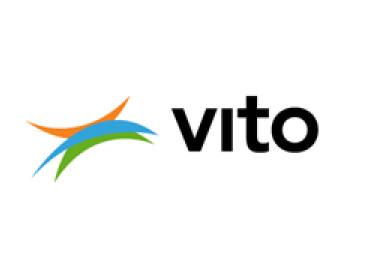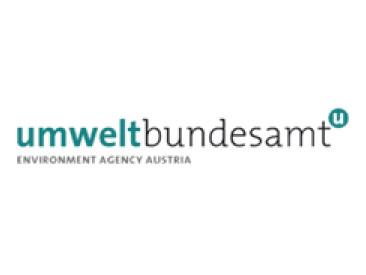Introduction
Industrial Emissions
Industrial production processes account for a considerable share of overall pollution in Europe due to their emissions of air pollutants, discharges of waste water and waste generation. The EU's Industrial Emissions Directive (IED) regulates environmental impacts from around 50,000 large industrial installations in the sectors listed in Annex I of the IED. These installations are required to operate in accordance with an environmental permit that must include emission limit values that are based on Best Available Techniques (BAT).
Best Available Techniques and BREFs
BAT and BAT-associated environmental performance levels are defined at EU level via a transparent information exchange process involving experts from Member States, industry and environmental organisations. This process results in BAT Reference Documents (BREFs) that include sections on 'Emerging Techniques (ETs)' and on BAT conclusions. The BAT conclusions are the reference for setting permit conditions across the EU and legally binding. BREF documents are reviewed and updated at regular intervals to reflect technological progress and new techniques.
Emerging Techniques (ETs)
ETs are techniques that could potentially ensure a higher level of environmental protection or the same level of protection but with lower cost than existing BATs. In order to improve the systematic tracking and follow-up of ETs, the European Commission is piloting an 'external' Innovation Observatory. It is hoped that this 'Observatory' can help the European Commission to foster innovation in the sectors concerned.
Aim of the project
The aim of this external 'Innovation Observatory' is to ensure that ETs are (better) documented, tracked and included in BREFs. The Observatory will focus on identifying ETs for the upcoming BREF reviews for the 'Textiles (TXT)' and 'Slaughterhouse/Animal by-products (SA)' sectors (eippcb.jrc.ec.europa.eu), and also identify cross cutting emerging techniques that can be applied by various other sectors as well.
The Innovation Observatory has four concrete goals:
- Capture and document a (more) complete and comprehensive set of information on novel and emerging techniques and track the latest (process-integrated) and other technique developments and innovation cycles.
- Engage with a wider and more comprehensive set of stakeholders than might otherwise be engaged for the BREF review; and undertake appropriately timed efforts to stay abreast of the latest technique developments and innovation cycles. This with the aim of improving the level of detail of the information captured and coverage of process-integrated techniques. The improved level of information will subsequently serve as input for the BREF information exchange process, and could eventually lead to the adoption of new Best Available Techniques.
- Provide the European IPPC Bureau (EIPPCB) with a more complete inventory of relevant novel techniques for the two pilot sectors. This information will subsequently be used to propose an initial version of the “Emerging techniques” chapter of the draft revised BREFs.
- To 'indirectly' encourage and stimulate innovation and the market for emerging techniques (specifically those in the final stages of technique development) by providing a platform for technique developers to obtain substantiated recognition for their techniques.
The objective of the European Commissions innovation observatory project therefore is, to engage and interact with relevant stakeholders so as to document and track the development of novel and emerging techniques in the relevant sectors and assess their development status. The assessment of development status is based on the existing concept of Technology Readiness Levels, ‘TRLs’).
Project Outcomes
Stakeholder database: set of experts on industrial technologies that minimise enviromental impact of manufacturing activities.
Novel Technique database: set of candidate emerging techniques on industrial activities covered by the Industrial Emission Directive. (ec.europa.eu/environment/industry/stationary/ied/legislation.htm)
For references, contract terms and additional information, please contact:
Alfredo López Carretero
Ricardo Energy & Environment
alfredo.lopez [at] ricardo.com (alfredo[dot]lopez[at]ricardo[dot]com)
Project Duration
September 2017 – September 2020



